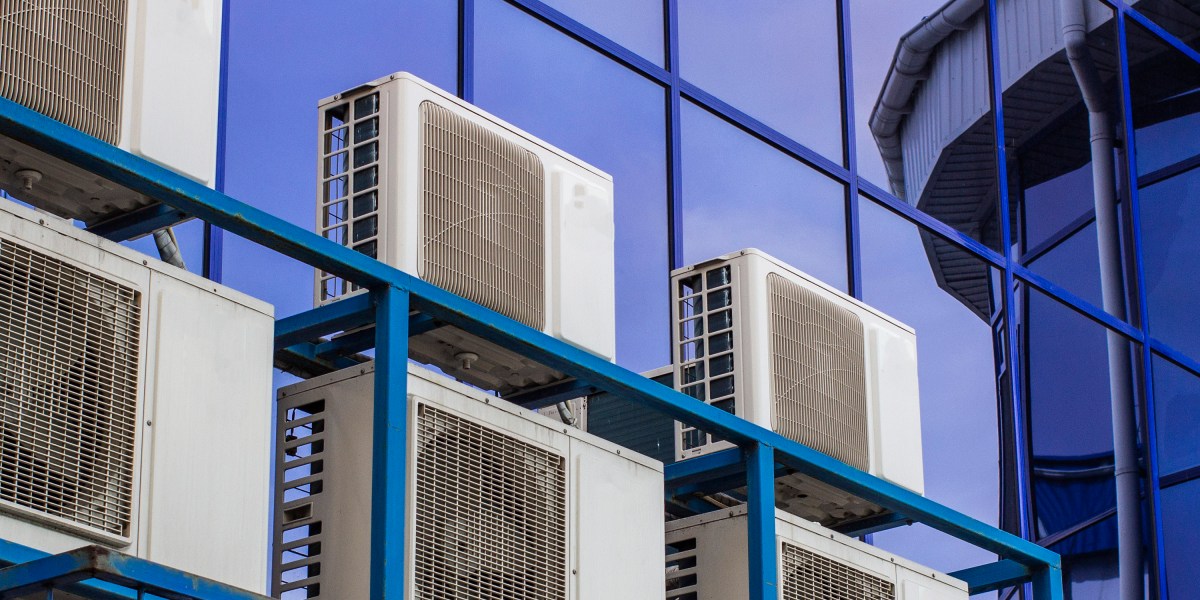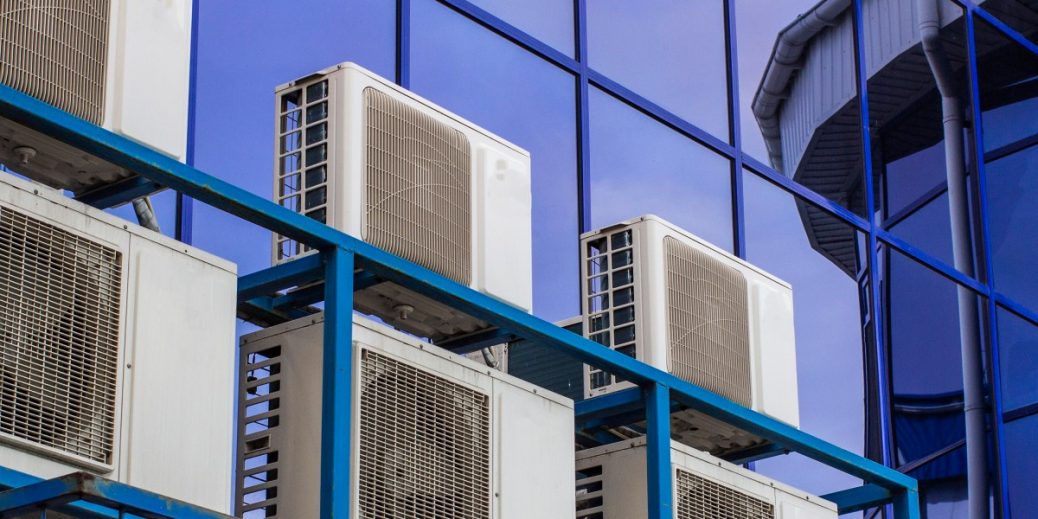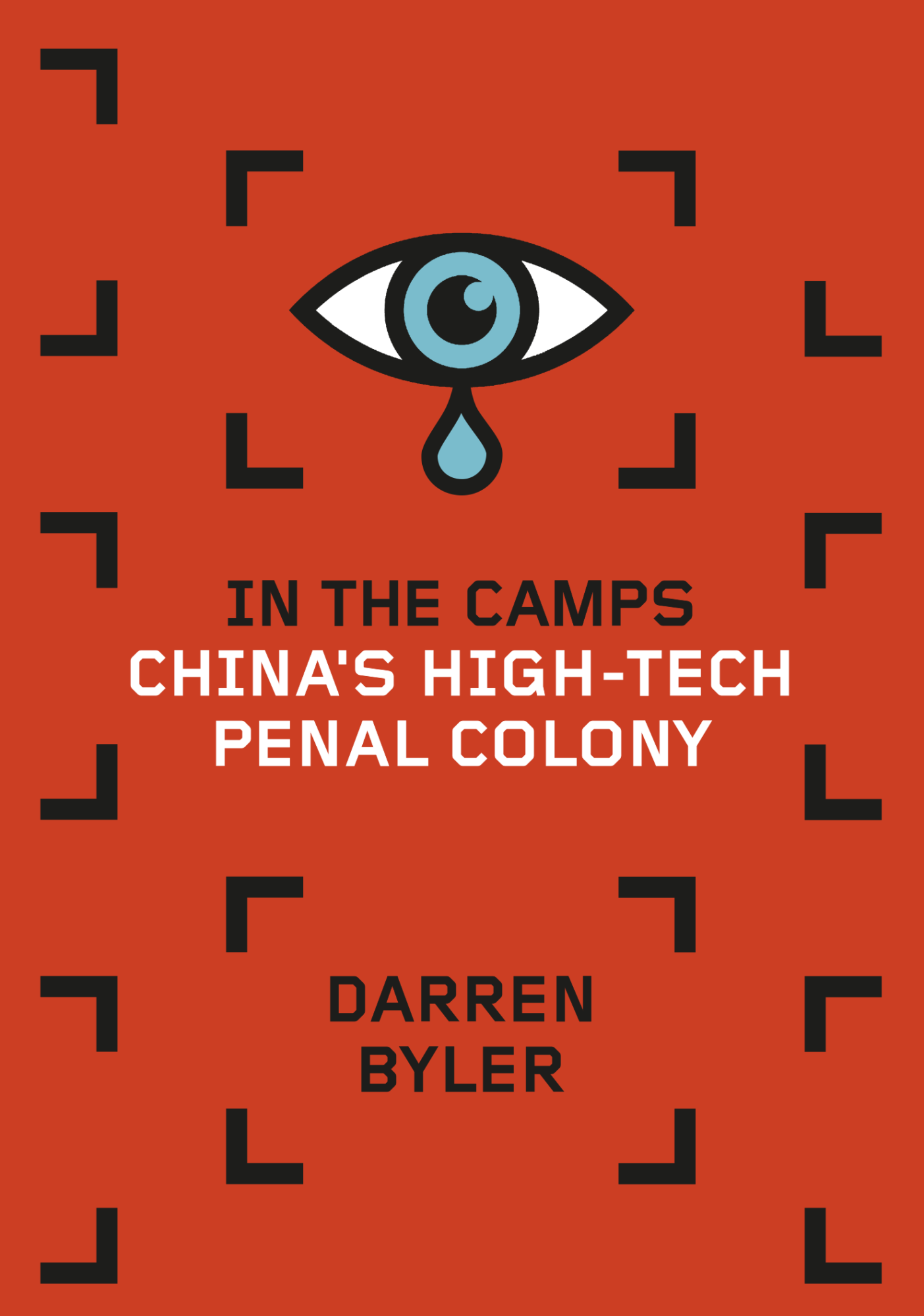
In 2018, cooling consumed about 2,000 terawatt-hours of energy globally. In 2050, that could grow to 6,200 TWh. The difference, 4,200 TWh, is roughly the same amount of energy the entire US electrical grid supplied in 2022. So if things don’t change, we’ll need to build enough renewable energy not only to replace all the fossil fuels still on the grid, but also to power a metric boatload of air conditioners.
Hot off the press
The good news is that there’s a ton of room for improvement in air-conditioning technology.
I spoke about this with Ankit Kalanki, who recently helped run a massive competition called the Global Cooling Prize. He’s also a manager in the program on carbon-free buildings at the Rocky Mountain Institute, a nonprofit energy think tank.
The Global Cooling Prize wrapped up in 2021 and awarded prize money to teams from academia and industry that came up with better ways to cool buildings. The target was a cooling system that produced one-fifth the climate impact of conventional air conditioners while meeting a host of other criteria.
There were eight finalists with a range of approaches, some improving on existing technology and some looking for entirely new ways to do cooling.
The two winning teams built better versions of existing air conditioners, which are called vapor-compression systems. By swapping out certain parts for better ones (more effective heat exchangers, variable-speed compressors, and so on), the teams were able to come up with a much more efficient version of the air conditioners that we know and love today.
But several of the other finalists were looking to mix up how we cool buildings. While these didn’t reach the climate target or one of the other criteria, all of them had “very interesting, innovative approaches,” Kalanki says.







Recent Comments